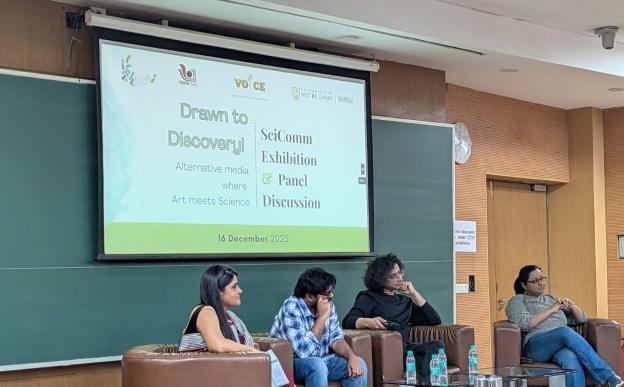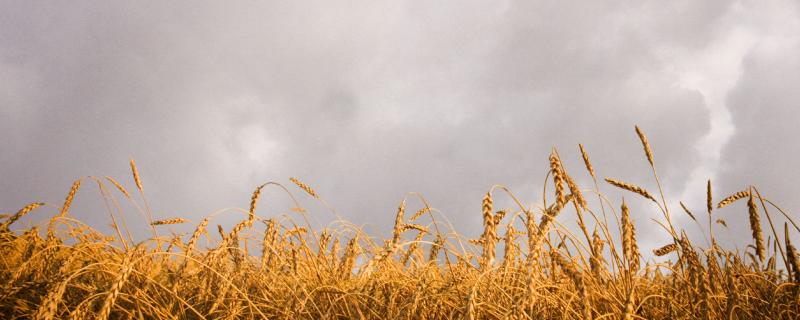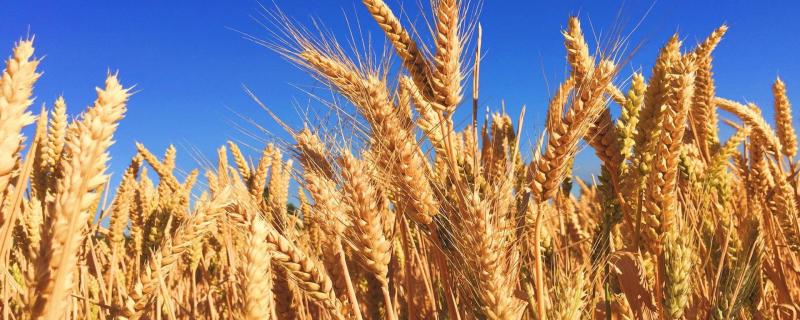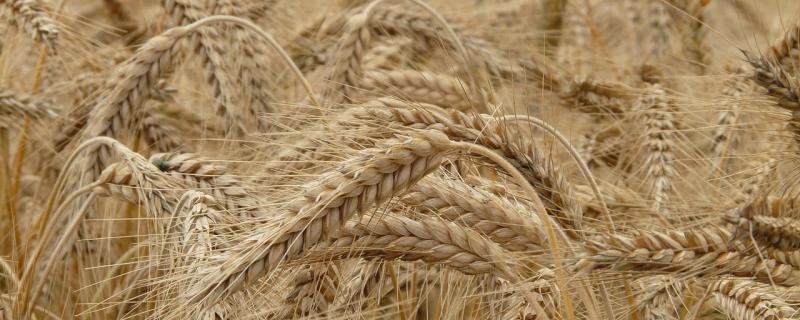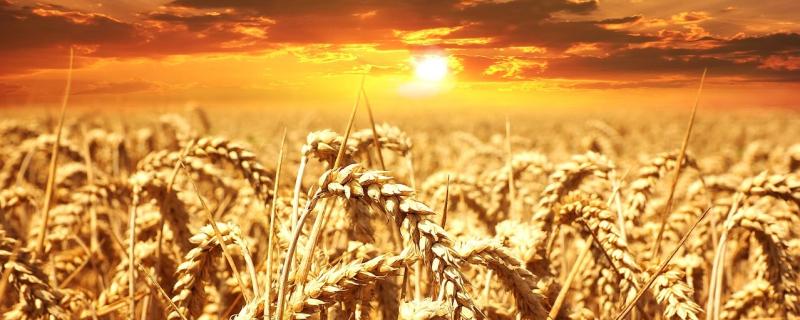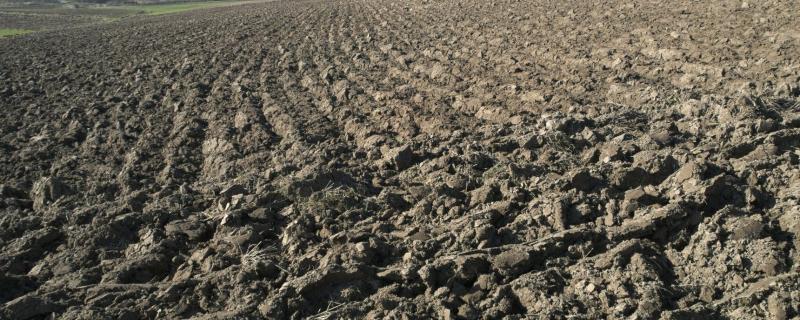New research from Stanford University has discovered a distressing link between coal-fired power plants and the harm they can cause to two of India's most important crops - Rice and Wheat.
The Indian Institute of Science Education and Research (IISER) Pune on Tuesday launched the VOICE Fellowship 2025
Pune/
